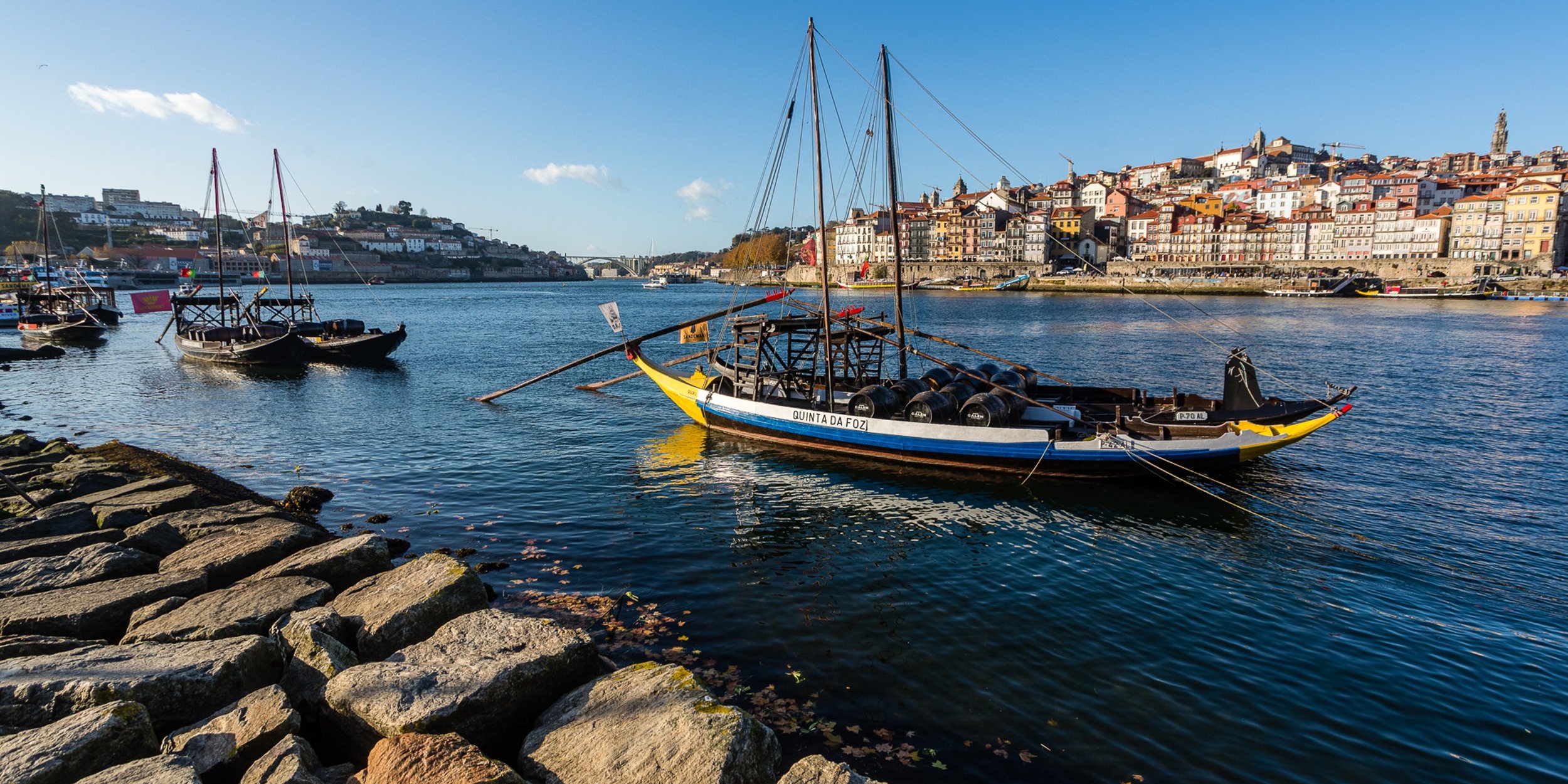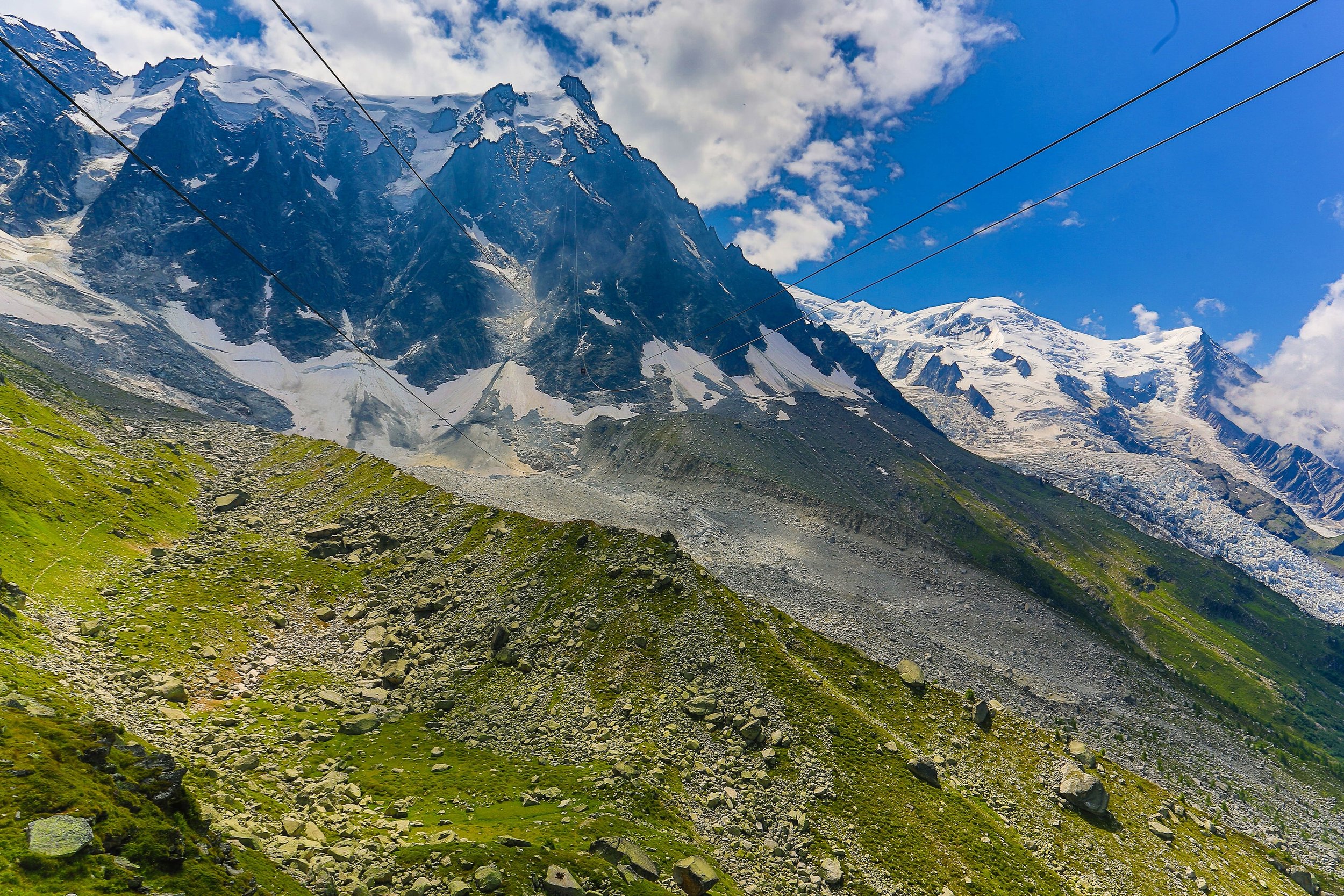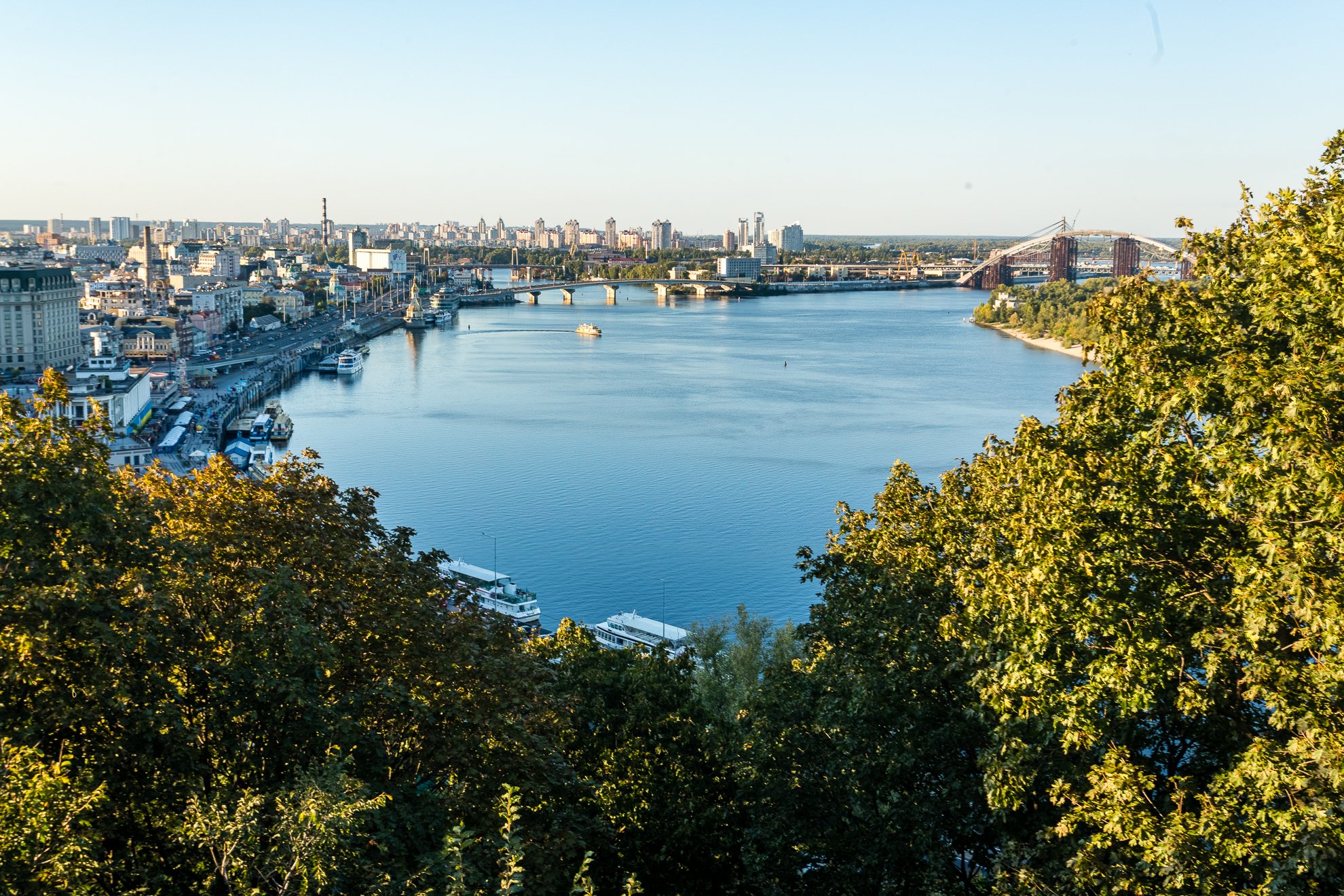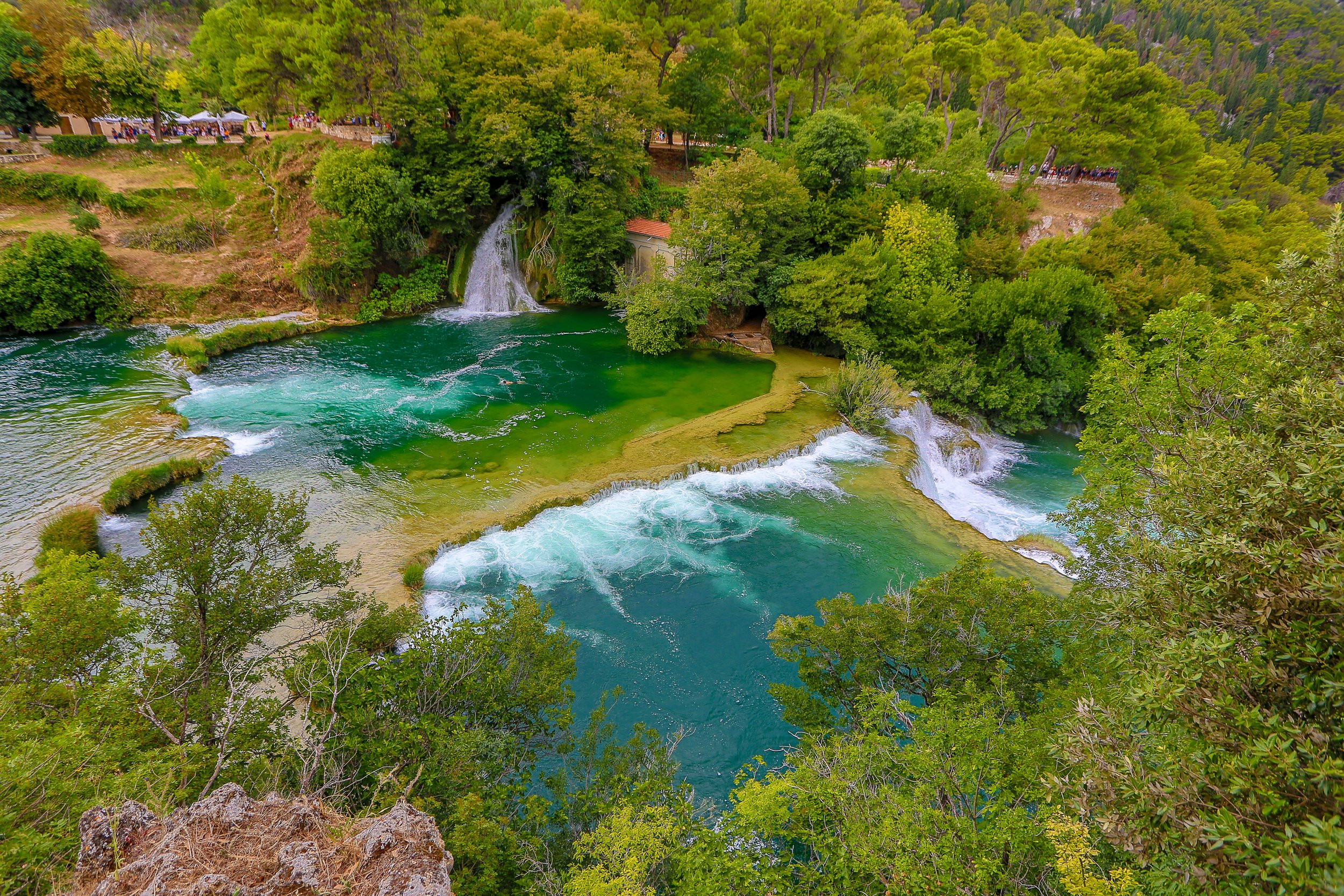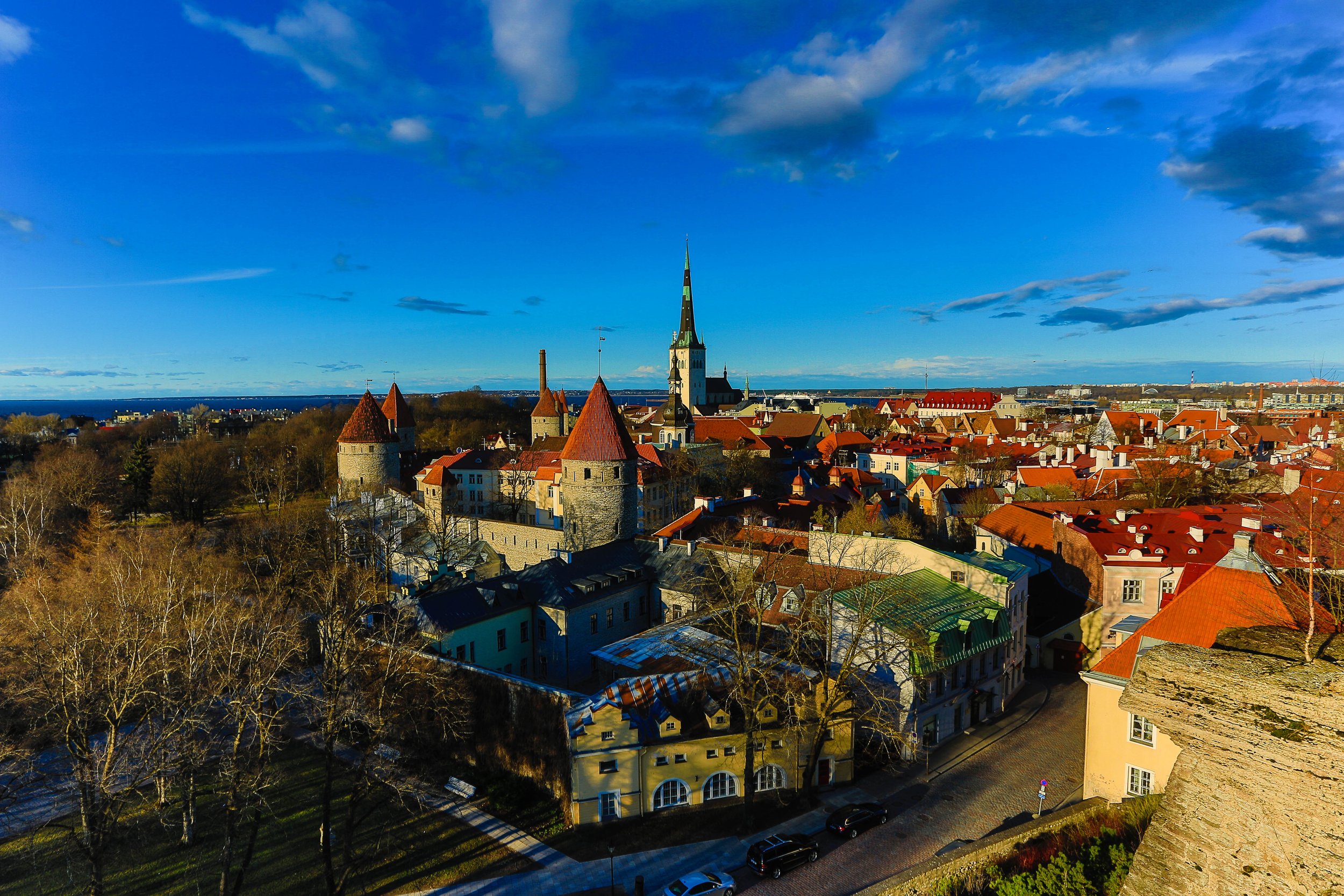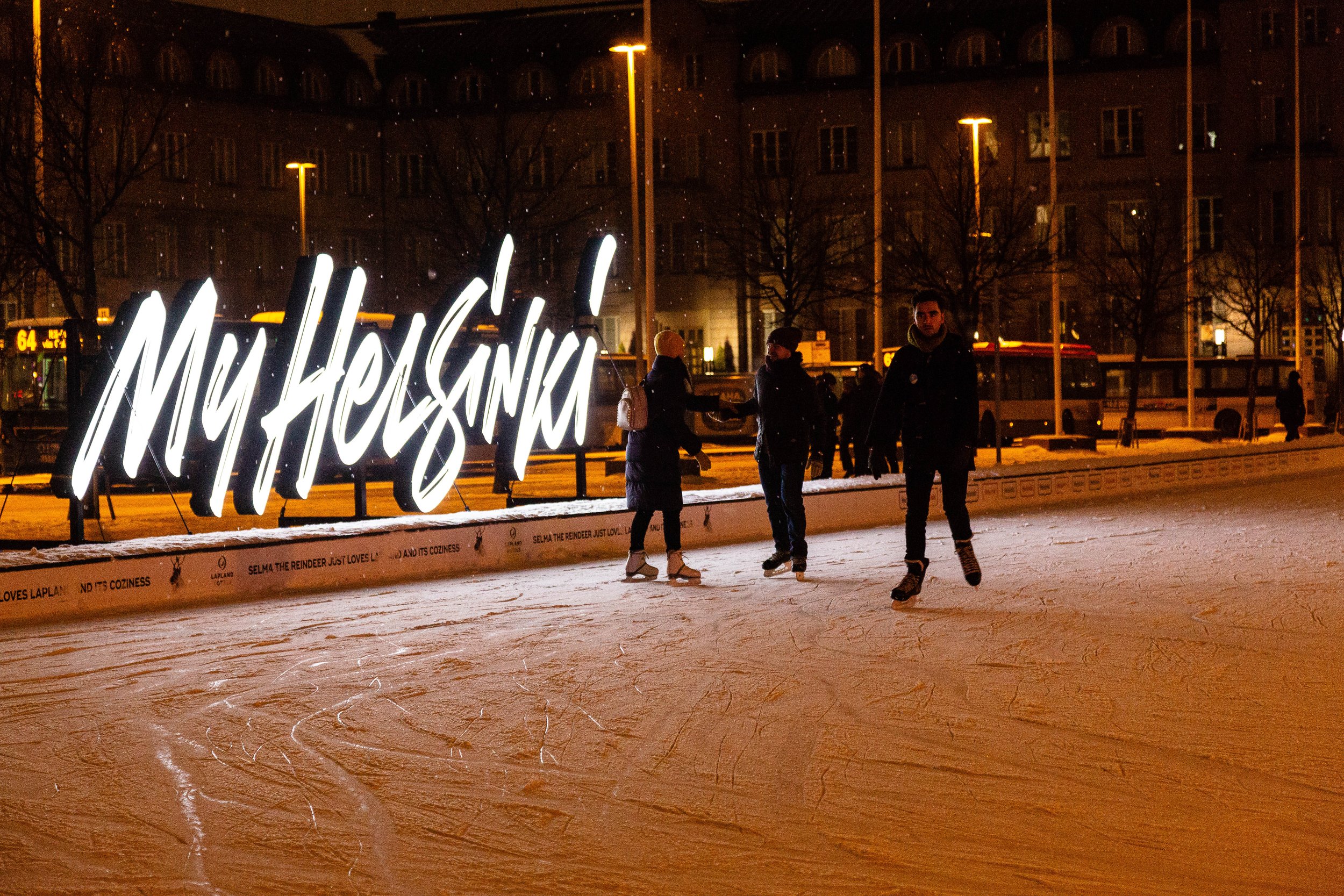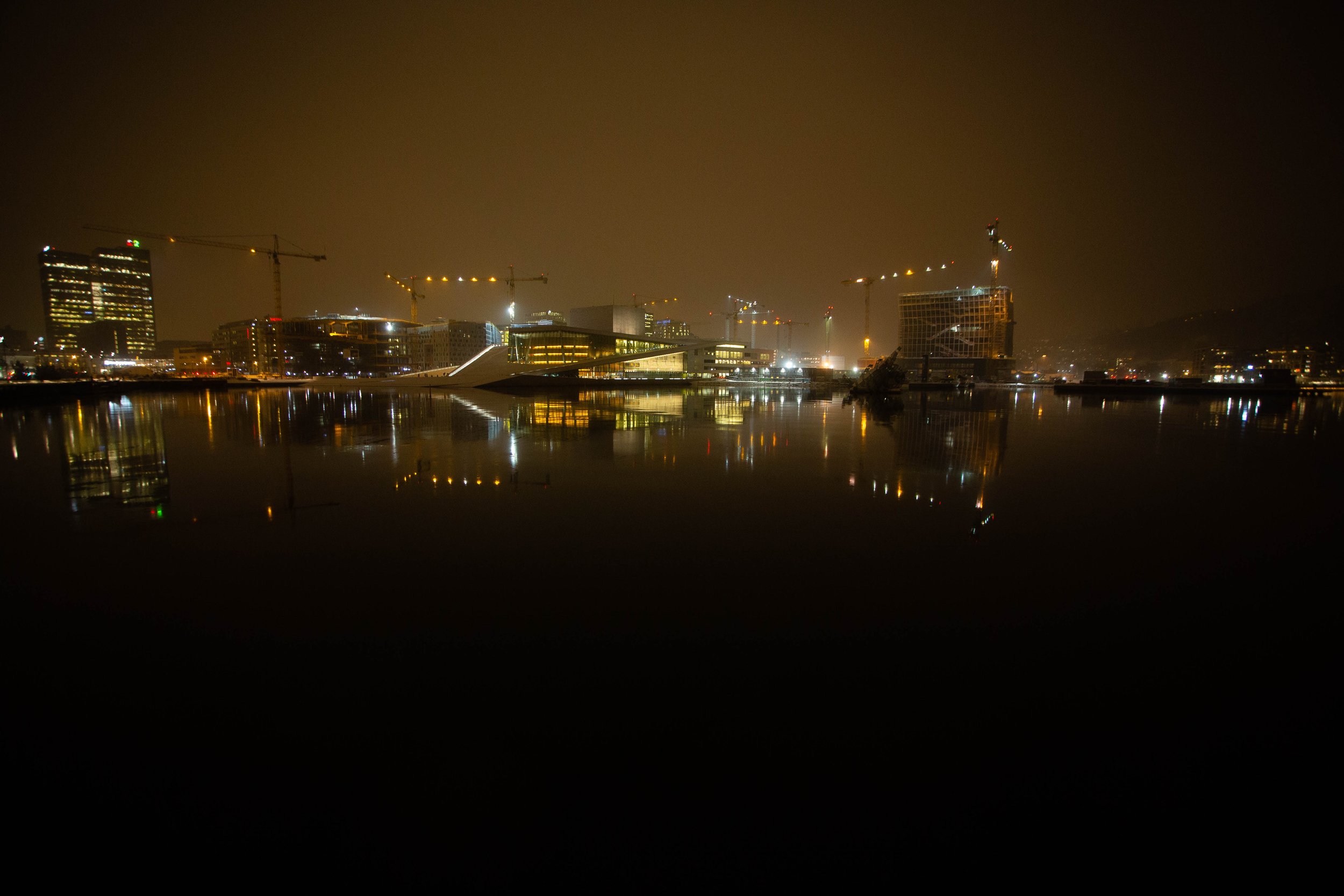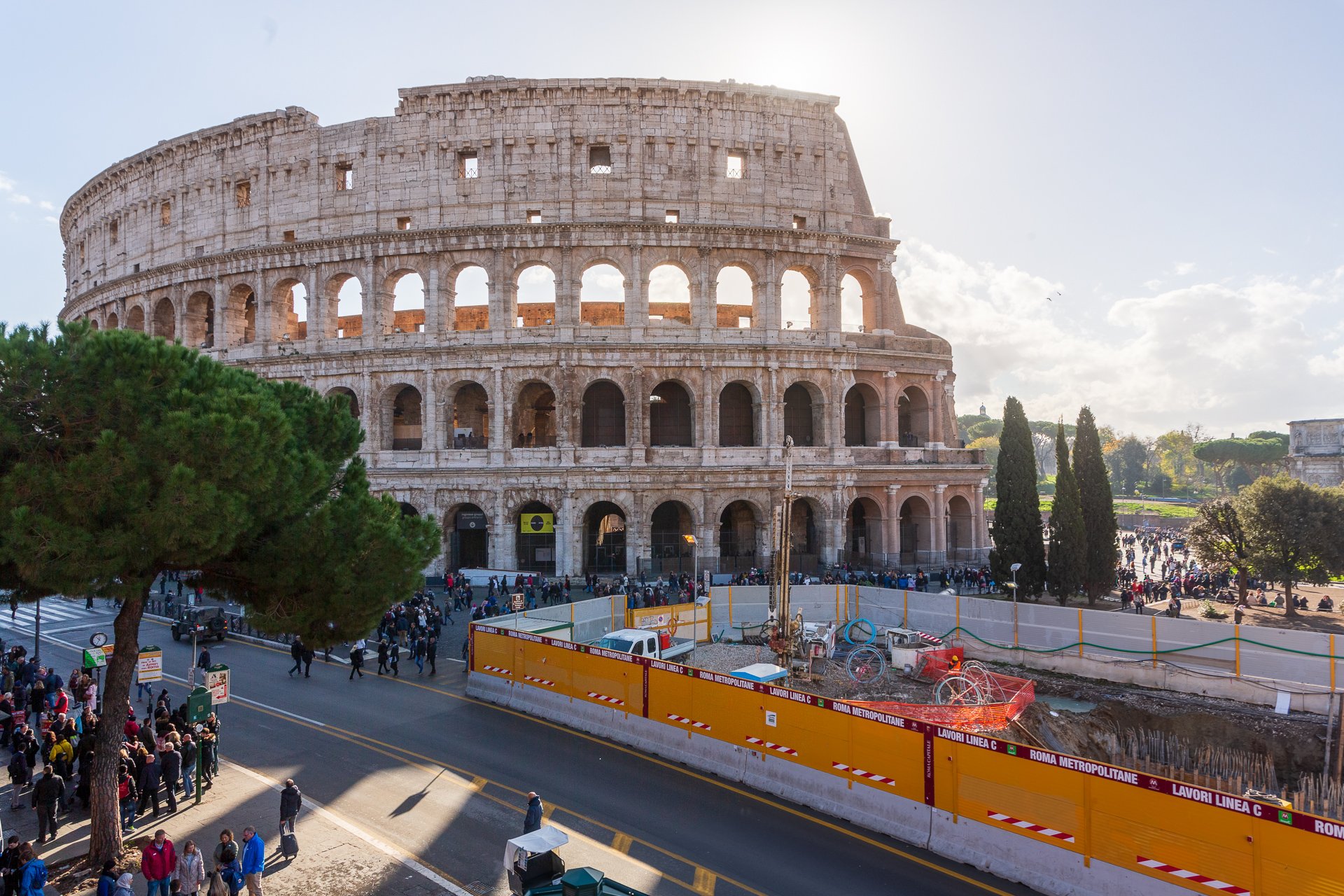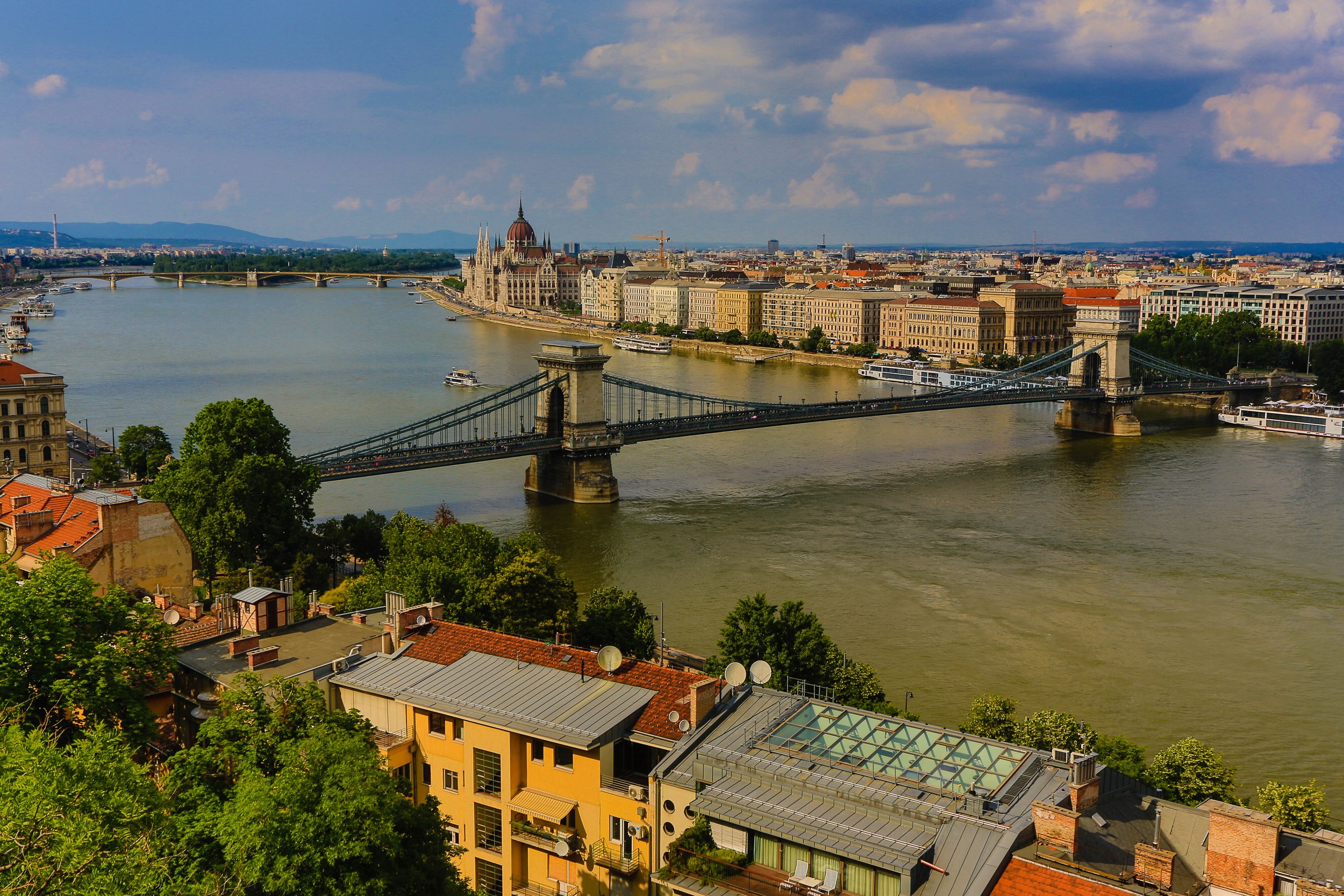
2018: 12 Cities in 12 Months
The journey began, as so many of my plans do, as a whim that quickly gained momentum and conviction as I spoke about it until it became a commitment I had made to myself and others.
An idea half formed, with no clear purpose or objective evolved into a decision to see more of the world, off the cuff remarkers like “make the most of it before Brexit” or “Gothenburg airport makes it so convenient” were all defensive deflections. I had ended a relationship because I wasn’t ready or willing to settle down.
So, which was it, reason or excuse? Something I perhaps will only find out at the end of the journey.
Reykjavik is a surprisingly busy city on the west coast of Iceland. Surrounded by black volcanic stone and yellow grass the city is striking. Arctic winds blow in from the coast, and Iceland is the third windiest place in the world. Houses are generally low with sloped roofs to avoid the ever-present wind.
The city has a strange character. Deeply religious with a number of well attended churches, old and incredible architecture vies with a a number of bland modern options and scattered throughout are futurist brutalist structures of incredible strangeness.
Belgrade, as it is not served by any low cost airlines, is spared the stag dos and hen dos that fill other eastern European cities. As such, it's tourism is lower volume and less crass. The city is served by a good network of Trams, which are surprisingly thiner than the average tram in other cities.
Tiny winding streets with old buildings, hugely driven by city break tourism rather than the more sedate options are part of the character of Split. The small tight streets in the old town have lead to the adoption of motorised cards, like you may see in a warehouse for moving goods around.
Days are identified by Roman numerals. The city has a strong resonance with Rom, the history of repeated attempts to align with the Hapsbergs and the Pope have given Vilnius an affinity from Italy as well as this there is a stronger Russian influence than I have seen in the other Baltic states, they have a soviet influence, but less of the historic Russian.
A beautiful city with some stunning architecture, sprawling does not do this city justice, it is in fact two cities, Buda and Pest, separated by the Danube, facing each other over the river.
“Quaint” it is both quite small and very old, storybook streets of cobblestones and brightly painted houses. Tall towers of stone topped with red tiles. The old town is a lot like the outdoor museum in Oslo, a place of history. Toompea is this even more distilled.
Sprawling across islands, inlets, it is a big place. Architecture has a lot in common with Sweden. Moomins are everywhere, they are a prized cultural thing here. There is a level of indifference to the snow and Ice that Gothenburg cannot match.
Architecture is varied, but there is not much of the extremely modern glass around. Brickwork dominates and it feels that even new buildings are trying to fit in. The main exception is the area around the Rhine Towner, a needle standing tall and alone on the riverside and the various modernist buildings nearby.
There is a huge amount of new building work complete, or ongoing in Oslo, so the city is losing some of its charm and certain areas like the ferry terminal are very ‘Canary Wharf’ in the impression.
Rome has the strong distinction of being home to two of the world’s most dominant religions/cultures; the Ancient Romans and the Catholics. Much of its beauty comes from the fact that for once the Christians repurposed rather than destroyed the architecture of the ‘pagans’.
Gaudi’s influence can be felt throughout the city, even though there are in truth only a small number of his buildings in a large sprawling city the influence of colour and shape make Barcelona an interesting city. Whilst it has many of the dull square buildings that infest major cities, it also has old churches in immaculate repair and colourful shapes and sculptures scattered through the city.
“The best time to plant a tree was 20 years ago. The second best time is now.”


